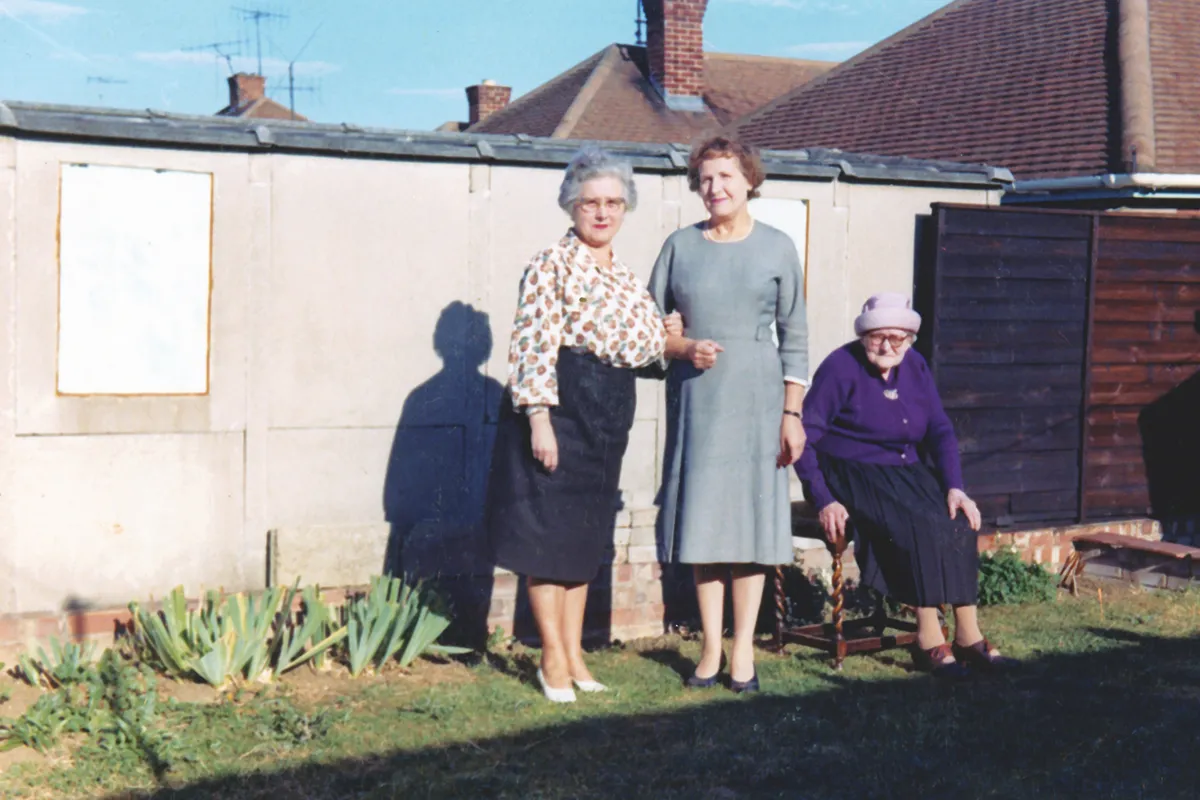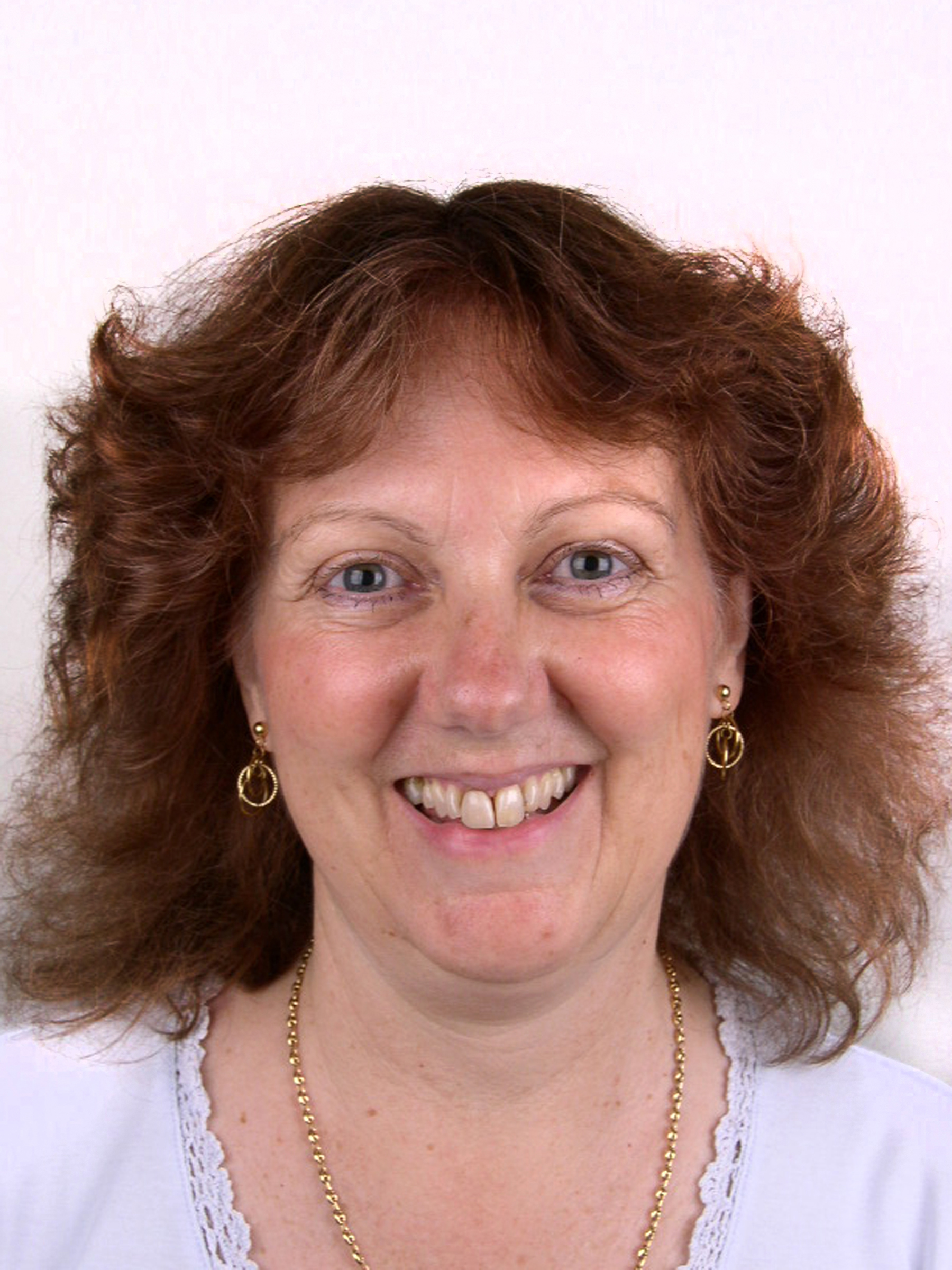DNA testing is proving to be a transformative tool in family history research and solving family mysteries. We also need to be prepared for the unexpected, as DNA testing can throw up surprises. While trying to solve one family mystery about the parentage of my mother’s grandfather, I uncovered instead a long-standing family secret.
One of my goals when I first entered the world of DNA testing was to identify the father of my mum’s paternal grandfather James Lymer Ratty. According to UK census records, he was born about 1860 in St Luke’s or Bermondsey in London, but I have been unable to find a birth certificate or baptism record and he cannot be found in the 1861 census. The father’s name given on his two marriage certificates is the name of his uncle. My working assumption is that he was illegitimate.
I was fortunate that my mum was able to take a DNA test, and she is now represented in all of the DNA databases. The first step when working with your DNA matches is to sort them into clusters of shared matches. This can easily be done using the Shared Matches tool and the coloured dots at AncestryDNA and MyHeritage. Start with the highest match, such as a second cousin, and then assign all of the matches who share DNA with you and your second cousin with the same coloured dot. Repeat the process for the next highest match without a dot, and keep going until you’ve assigned dots to all matches sharing over about 30 centimorgans (cM). The clusters can be given names based on the surnames of the common ancestral couple. When using DNA to identify an unknown grandparent or great grandparent, we are hoping to find a cluster of mystery matches with surnames that we don’t recognise.
With my mum’s matches at AncestryDNA, I was able to identify four main clusters of shared matches. Two large clusters were composed of identifiable cousins related through my mum’s maternal and paternal grandmothers. A third cluster was made of up of distant cousins in Australia related through the Rattys. Having identified my known cousins I was left with a fourth mystery cluster of matches, which I assumed represented my mum’s unknown paternal grandfather.
I was surprised that I couldn’t identify any matches who were related through my mum’s maternal grandfather George Napoleon Tidbury, but I put this down to my grandmother being an only child and there being very few known living relatives on this line. There were other clusters of smaller matches all sharing less than 30 cM, but these were likely to be very distant and too time-consuming to investigate.
Find the common couple
The challenge with a mystery cluster is first of all to identify a common ancestral couple to unite all the matches. My mum had two high matches in this cluster. Match A shared 178 cM, but had no tree. Match B shared 175 cM, and had a small tree of just 20 people. These matches were likely to be second cousins or second cousins once removed, so we were probably looking for a shared great grandfather.
The challenge with a mystery cluster is first of all to identify a common ancestral couple to unite all the matches.
I started by working through all of the matches in the cluster who had trees, adding notes about locations and surnames of interest. It was soon apparent that there was a strong connection to Oxfordshire with the surnames Harris, Moore and Hall appearing in a number of the trees.
Now began the hard work of building out the trees of the matches to find the common ancestral couple. I have a private and unsearchable tree on Ancestry, which I use as a sandbox. Having found the recurring surname Harris I began building out the tree of Match B who had an ancestor by the name of William Harris born in 1856 in Neithrop, Oxfordshire. With Ancestry’s powerful hint system it’s generally easy to quickly build out a tree and build down collateral branches to work out how all the matches fit together. I was soon able to establish that the common ancestors for this cluster were John Harris and Hannah Hall who married in 1822 in Banbury, Oxfordshire.
Tracing additional matches
I now moved the research to my main tree on Ancestry, which is attached to my DNA results. I tried to trace back as many additional matches as possible to link them to the Harris tree.
I also had some good matches at both 23andMe and MyHeritage which I was able to add to the tree. Building the trees of the matches requires some good detective skills and the creative use of different sources of information and non-genealogical databases. For example, although Match A, the top match in the cluster, had no tree, his unusual surname made him easily identifiable through searching social media posts together with birth and marriage indexes.
Despite all of my work on the Oxfordshire Harrises, a connection with my Ratty family from London still eluded me. Life got in the way, and I put the research on hold for a while. However, the launch of Ancestry’s SideView system by parent provided the impetus for a fresh look at the data. SideView splits our matches into two parental sides, a benefit that makes assigning the appropriate maternal and paternal labels using matches with known cousins relatively straightforward.
Having completed this process I discovered that the mystery cluster was not, as expected, on my mum’s paternal side but on her maternal side, and was therefore not going to help with my Ratty brick wall after all. Subsequently a known second cousin who was related through the Tidburys took a DNA test, but did not match my mum. All second cousins should match, and the lack of a match rang alarm bells. There was a reason for the lack of Tidbury matches. I had uncovered a family secret!
George Napoleon Tidbury and Mary Hannah Saunders, my mum’s documented grandparents, married on 4 January 1902 in Greenwich. Mum’s mother, Winifred Mabel Tidbury, was born the very next day. George Tidbury was a writer in the Royal Navy, but ran away to sea shortly after Winifred was born. The negative evidence from the lack of a match with a known second cousin plus the knowledge of the shotgun marriage suggested to me that George was probably not my mum’s grandfather after all. My Mum's real grandfather was a Harris from Oxfordshire.

I turned to the free tool What Are The Odds, a free tool provided by genealogist and web developer Jonny Perl on his website DNA Painter. It allows you to deploy the power of multiple DNA matches to determine your most likely position in a known tree. This analysis showed that my mother's grandfather was most likely to be one of the children of Thomas Harris and Sarah Bunting, who married in 1854 in Banbury. The highest matches in this cluster all descended from this couple. This hypothesis was reinforced by the discovery that there were also matches descended from the Buntings. By a process of elimination I was left with just two possible candidates to be my mum’s grandfather: Richard Harris, born 1869, and Harry Harris, born 1875, both of whom were born in Neithrop, Oxfordshire.
I began to trace both men forwards through the censuses. In the 1901 census I came across a page I had seen 20 years earlier without realising the significance of one of the entries. Harry Harris, a 26-year-old tram driver, was a boarder living at 25 Trafalgar Road in Greenwich with William and Hannah Saunders and their two children Mary Hannah, 18, and William, 16. Mary Hannah is my mum’s grandmother. Just under nine months later she gave birth to Winifred Tidbury in that very same house. The combination of DNA evidence and documentary records shows that my mum’s grandfather was not the naval writer but the lodger! Mary Hannah had no more children. She remained married in name to George Tidbury throughout her life, and even signed an unsuccessful petition in 1919 for the restitution of conjugal rights. She might well have convinced herself that George was her daughter’s father. I can imagine that a naval writer would be considered a better prospect as a father than a tram driver. We will never know, and she probably carried the secret with her to her grave.
